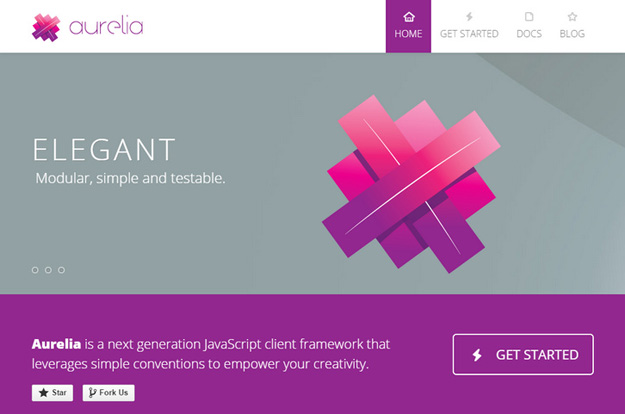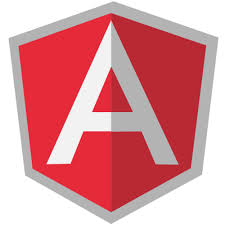10 difference between Java and JavaScript for Programmers
Programmers, developers and internet users have always been confused between Java and JavaScript. Many people
still thinks
that JavaScript is part of Java platform, which is not true. In truth,
JavaScript has nothing to do with Java, only common thing between them
is word
"Java", much like in
Car and
Carpet, or
Grape and
Grapefruit.
JavaScript is a client side scripting language for HTML, developed by
Netscape, Inc, while Java is a programming language, developed by
Sun Microsystems. James Gosling is Inventor of Java,
popularly known as father of Java. While in today's world calling
JavaScript just a client side scripting language would not be good, as
its now been used in servers also using
node.js
and people are doing object oriented development in JavaScript, but
that was what it was originally developed. There are several difference
between Java and JavaScript, from how they are written, compiled and
executed. Even capability of Java and JavaScript vary significantly.
Java is full feature Object oriented programming language, used in
almost everywhere, starting from programming credit card to server side
coding. Android uses Java as programming language for creating Android
apps, Swing is a Java API used to create desktop applications and Java
EE is a Java platform for developing web and enterprise applications. On
the other hand JavaScript is primarily used to bring interactivity into
web pages, though there are other alternatives like Flash, JavaScript
is the most popular one and regaining lots of ground lost earlier with
introduction of powerful and easy to use libraries like jQuery and jQuery UI. You can use JavaScript to validate user input, create animation and cool effects in HTML page and can do lot of
interactive stuff e.g. reacting on button click, mouse movement, image click etc. In this article, I will share some
key differences between Java and JavaScript, mostly from a programmers perspective.






